
Even the most successful series sometimes stumble with a particular release. This can happen if the game is plagued with technical problems, driving players away. Or, it might be due to a big change in design that alienates longtime fans and leads to a decline in the series’ popularity.
This list explores games that led to significant consequences, like projects being cancelled, studios shutting down, long breaks in development, or complete restarts of a series. For each game, we’ll detail what was released, how it impacted the franchise, and what happened afterward, showing you exactly how and when things changed.
Sonic the Hedgehog
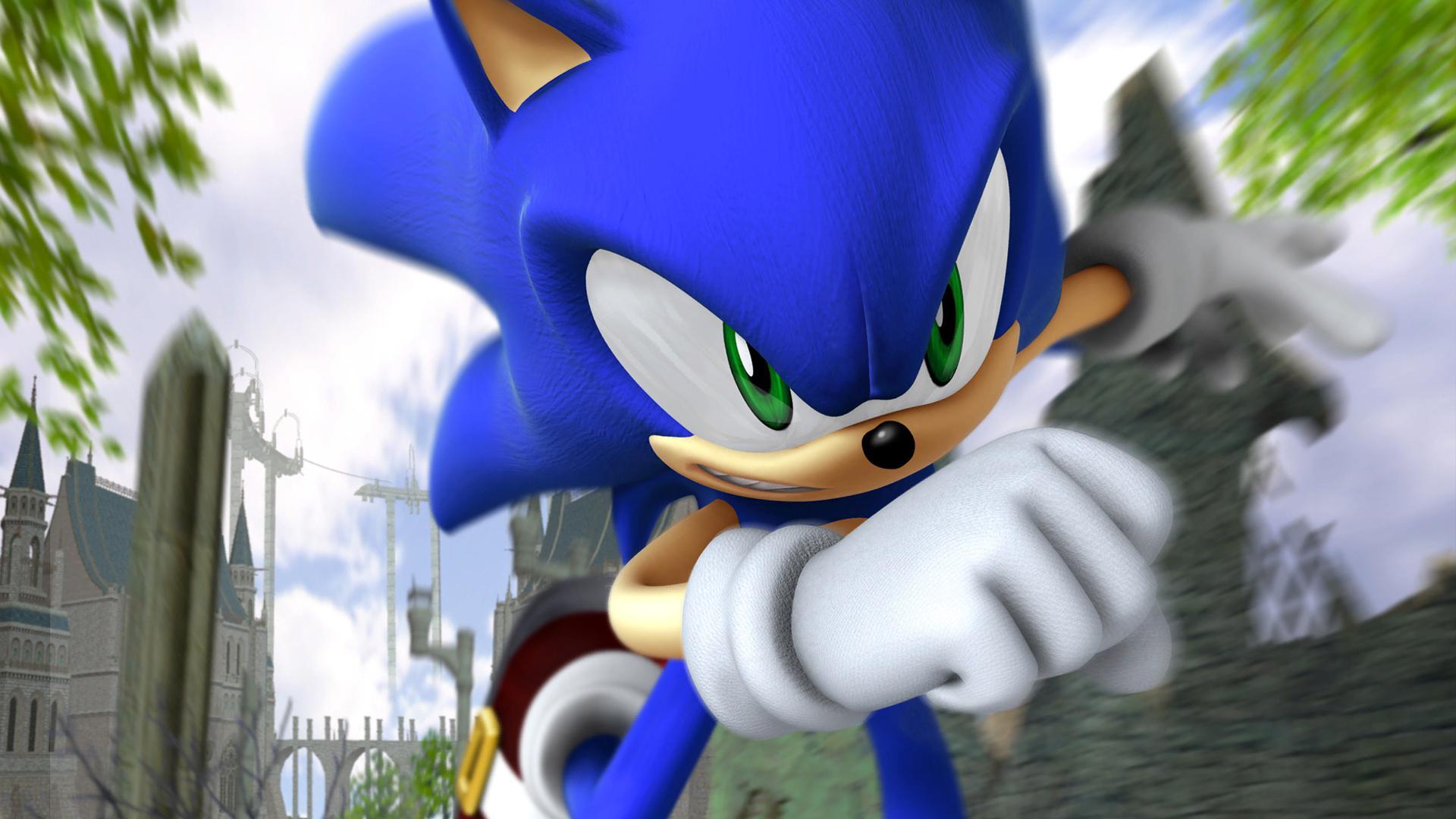
In 2006, Sega released a new Sonic the Hedgehog game for PlayStation 3 and Xbox 360, featuring a fresh game engine and a complex storyline. However, the game was plagued with technical issues, including numerous bugs and lengthy loading screens, which received a lot of negative attention. This resulted in a noticeably unstable and incomplete experience, a significant departure from previous Sonic games on consoles.
After the difficulties with the 2006 Sonic game, Sega focused on less risky projects and technological improvements. They then released Sonic Unleashed and Sonic Colors as part of an effort to win back fans’ confidence.
Command & Conquer 4 Tiberian Twilight
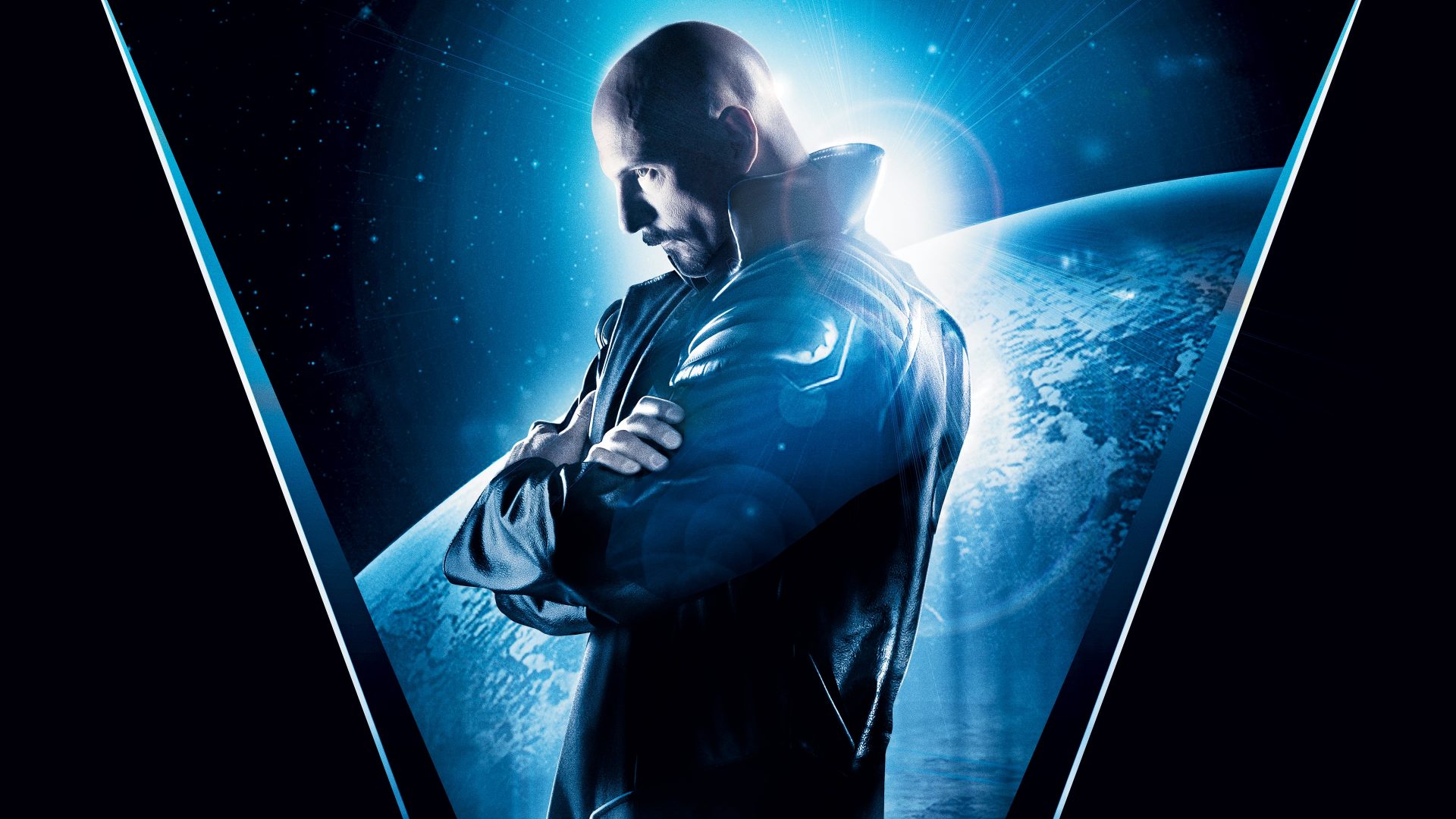
Launched in 2010 as the last game in the Tiberium series for PC, this installment did away with building a traditional base and always required an internet connection. Instead of the classic Command & Conquer style of gathering resources and expanding your base, players controlled a limited number of units from a mobile headquarters.
The franchise struggled after initial sales were poor. A new, free-to-play version was tested but ultimately cancelled in 2013. The brand then reappeared with smaller games like the mobile title Command and Conquer Rivals, while the original PC games remained untouched.
SimCity

In 2013, Maxis revisited the city-building genre with a new system that divided cities into interconnected areas. However, the game initially required a constant internet connection and suffered from server problems, preventing many players from being able to start new cities for several weeks.
The consequences were immediate. After the studio Maxis Emeryville was shut down in 2015, a new major SimCity game hasn’t been released. Fans of city-building games turned to other options, and Maxis shifted its attention to working on The Sims.
Medal of Honor Warfighter
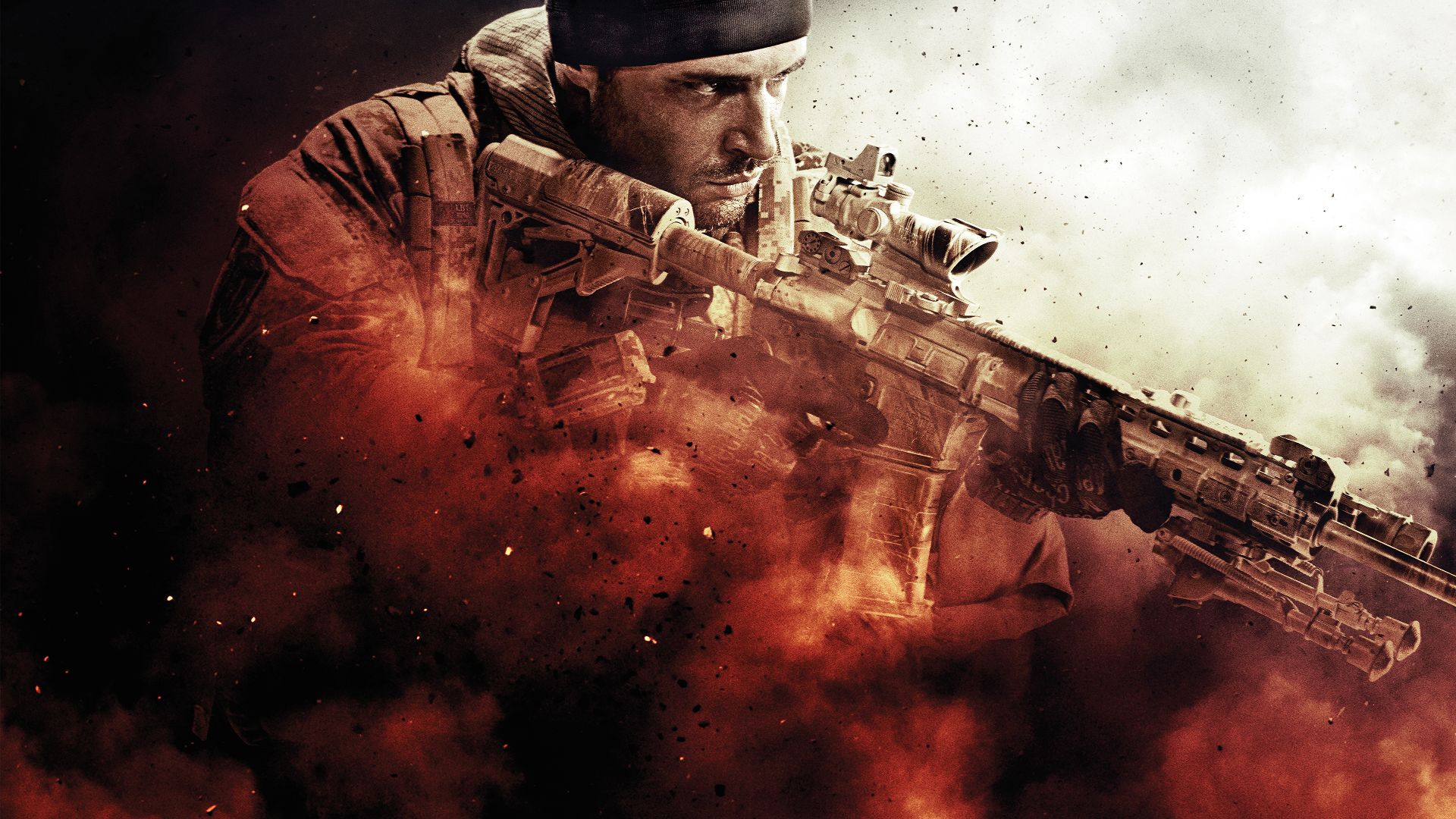
Electronic Arts launched this military shooter in 2012, built with the Frostbite 2 engine. Its single-player campaign drew inspiration from actual military operations. However, technical problems and inconsistent game design led to negative reviews and lower sales compared to competing games.
In early 2013, Electronic Arts paused development of the Medal of Honor series and shut down the studio responsible for it. The franchise briefly reappeared with a virtual reality title in 2020, but traditional versions for consoles and PCs haven’t been released since.
Dead Space 3
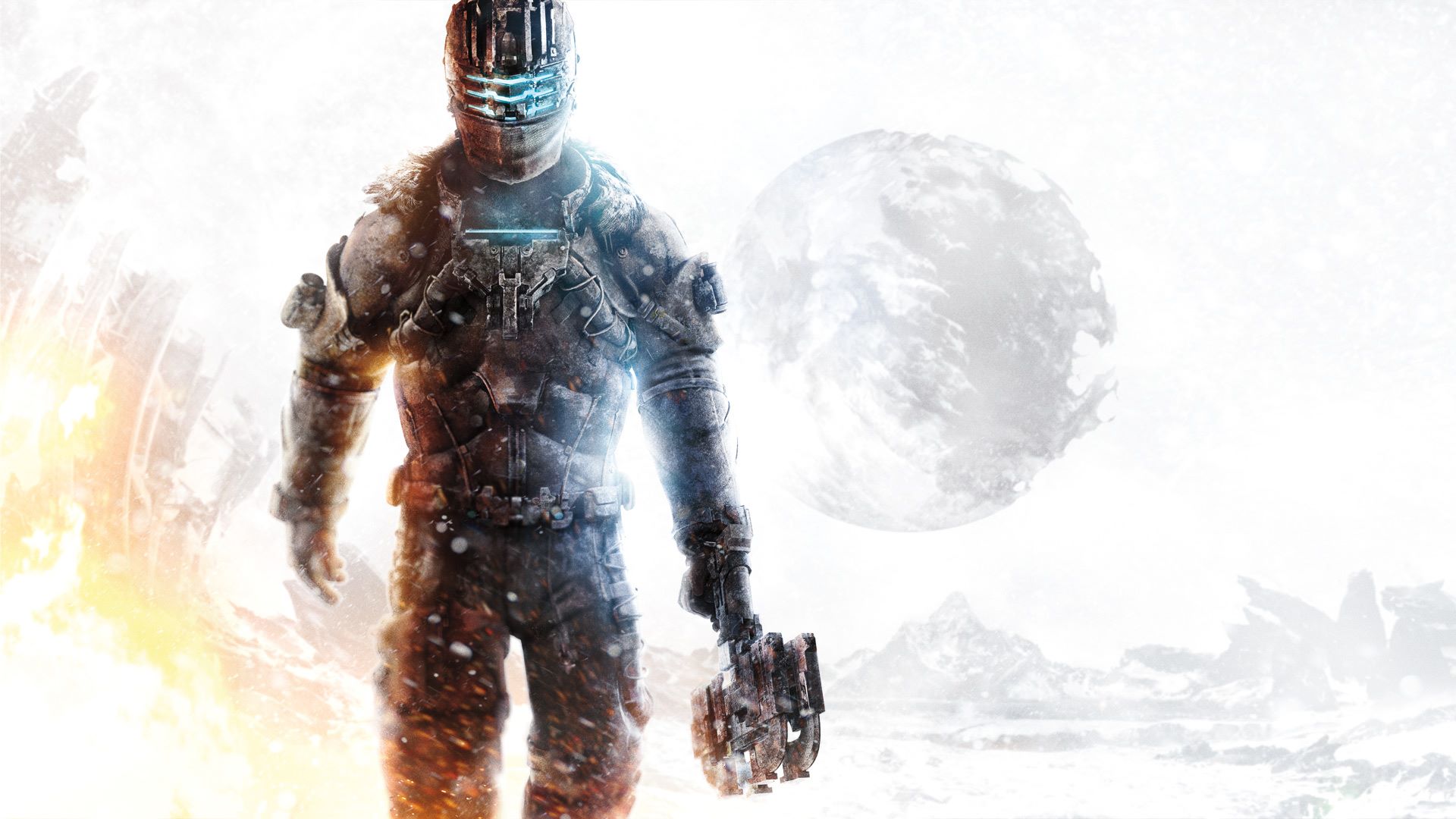
In 2013, Visceral Games released the third main installment of the series, which included both cooperative gameplay and optional in-game purchases. While the game featured more action and benefited from a larger budget, it didn’t perform as well as the studio had hoped and didn’t reach its sales goals.
Electronic Arts shut down Visceral Games in 2017, effectively ending the original Dead Space series. While a remake released in 2023 by Motive Studio reignited fan interest, it also marked the definitive end of the Visceral-developed era of the franchise.
Duke Nukem Forever
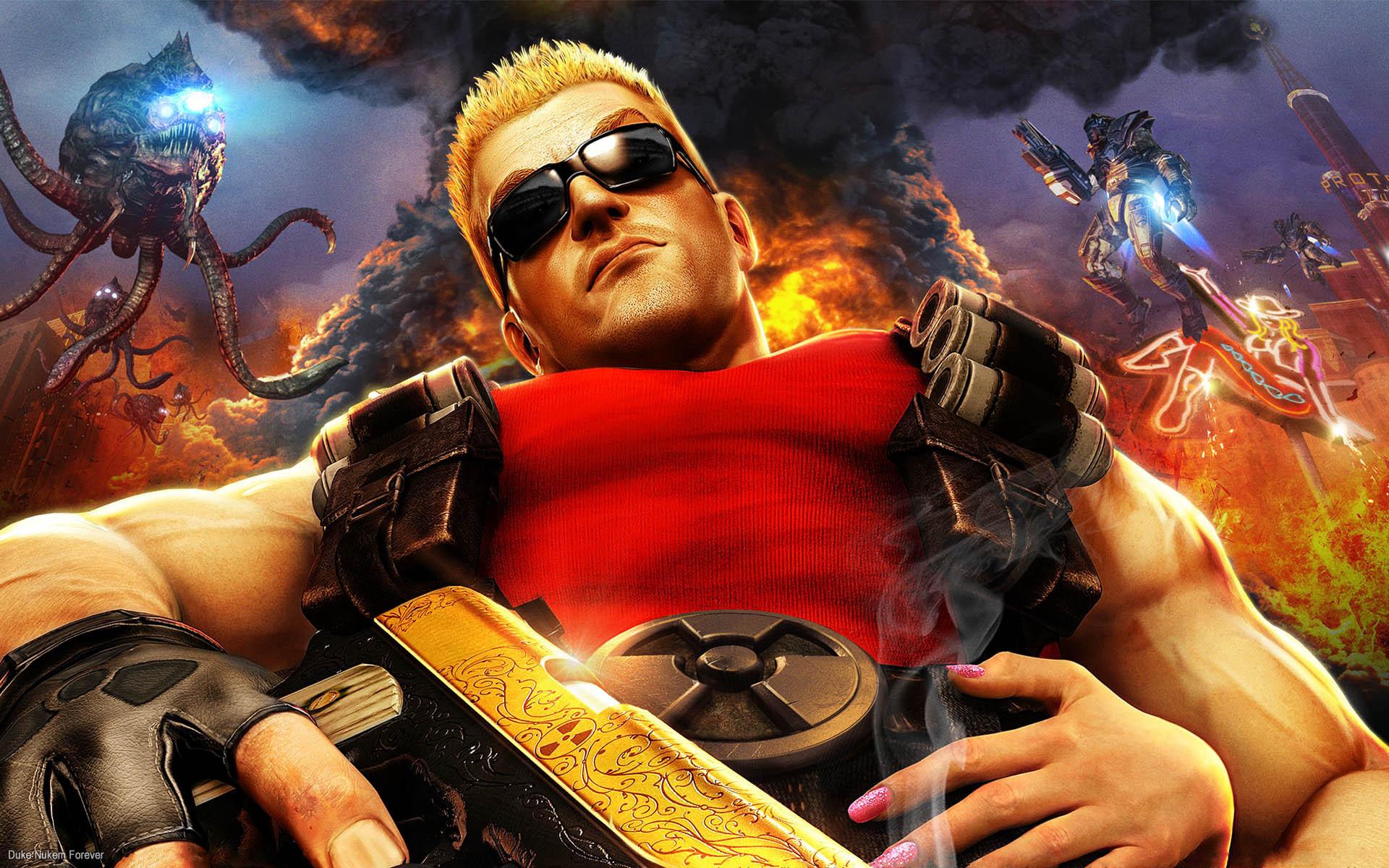
After ten years of development, with multiple changes in developers and game engines, the shooter was finally released in 2011 by Gearbox. Due to its troubled and on-again, off-again production, the game included some older design elements and didn’t quite measure up to current first-person shooter standards.
After the initial release, the Duke Nukem brand became inactive. There haven’t been any major new Duke Nukem games since, and the character stopped appearing in plans for new releases on popular gaming systems.
Star Fox Zero
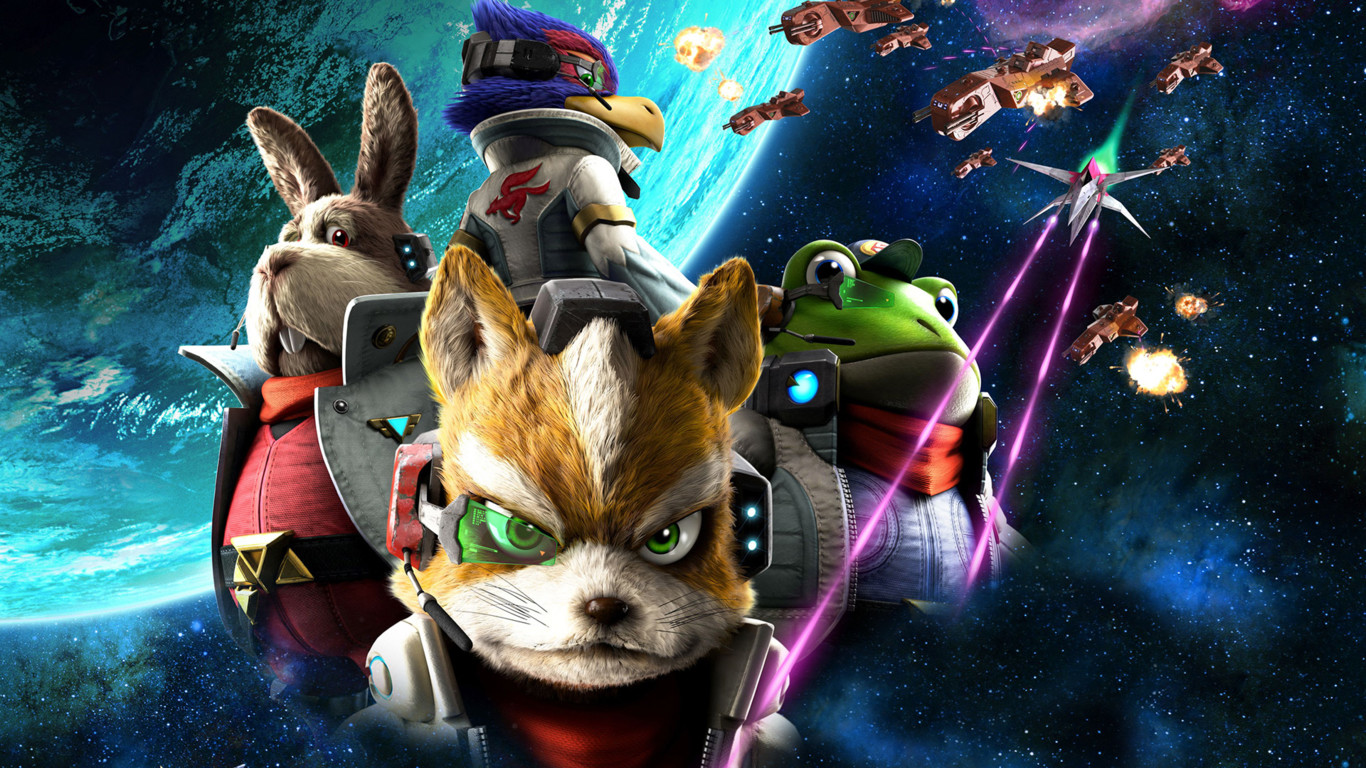
In 2016, Nintendo and PlatinumGames collaborated on a new Star Fox game for the Wii U. The game used motion controls with the GamePad, requiring players to look at both the TV and the controller screen. This split focus made the controls difficult for many to master.
Sales weren’t as strong as previous games, and the brand stopped releasing new home consoles for a while. Since the release of *Star Fox Zero*, there haven’t been any new main *Star Fox* games, not even on the Switch – only re-releases and appearances in other games.
Metroid Other M
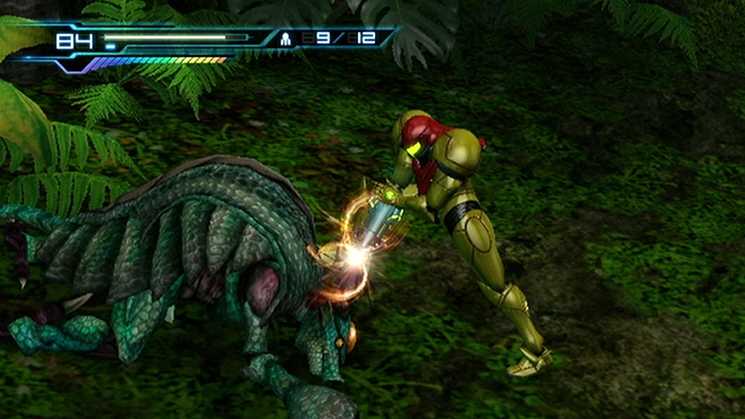
In 2010, Team Ninja and Nintendo released a fast-paced Metroid game for the Wii, emphasizing action-packed, third-person combat and lots of cinematic cutscenes. This was a big change from previous Metroid games like Super Metroid and Metroid Prime, which focused more on exploration and allowed players to move at their own pace. This new game featured a more scripted, story-driven experience.
The Metroid franchise went on a long hiatus after its initial popularity. It made a comeback in 2017 with a remastered version for the 3DS, followed by a brand new 2D game in 2021. However, the gameplay style introduced in the game *Other M* wasn’t carried forward in these new releases.
Perfect Dark Zero
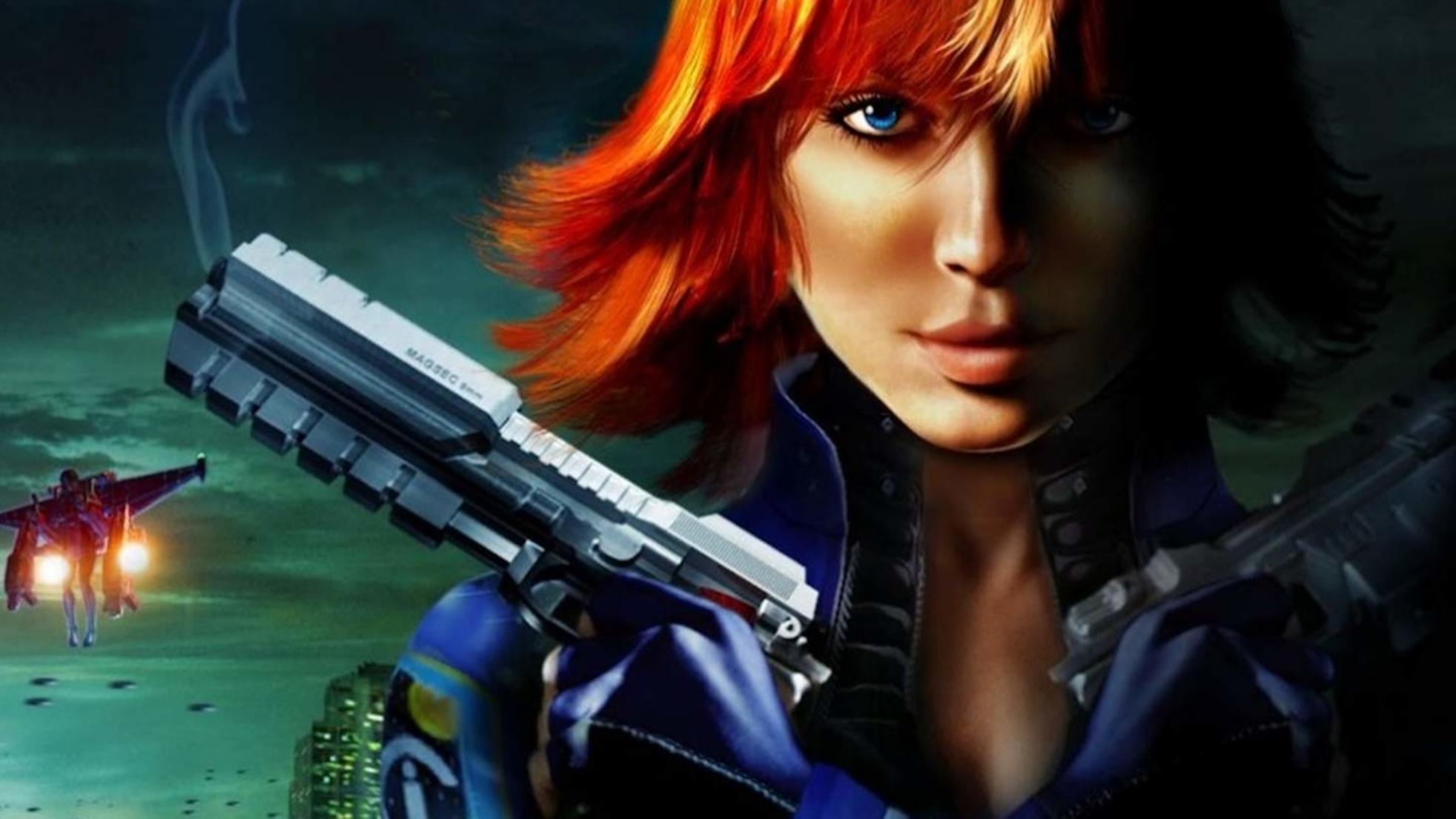
Released with the original Xbox 360 in 2005, Perfect Dark Zero brought the series to a new console with improved online play and a sleek, spy-themed narrative. However, despite being a launch title, it didn’t fully revitalize the franchise.
The brand faded into obscurity for a long time. Years later, Microsoft announced plans to revive it with a new development team, but after the game ‘Zero,’ no new major titles were released for over ten years.
Tomb Raider The Angel of Darkness

In 2003, Core Design reimagined Lara Croft for the PlayStation 2 and PC, giving her a grittier feel and focusing more on adventure. However, the game launched with technical issues and inconsistent gameplay, and its release was delayed, which negatively impacted its initial success.
After this installment, Eidos gave control of the Tomb Raider series to Crystal Dynamics. They revitalized the franchise with Tomb Raider Legend in 2006. This marked the end of Core Design’s involvement with the character, and effectively concluded the original run of games with Angel of Darkness.
Tony Hawk’s Pro Skater 5

In 2015, Activision attempted to bring back their yearly skateboarding game, rushing a new version for current gaming consoles. Unfortunately, the game was plagued with technical issues at launch and didn’t offer much content initially, heavily depending on an internet connection.
After two years, the online features stopped working and the game was removed from digital stores when its music and branding agreements ran out. The game received a single updated release in 2020, but development was put on hold again when the studio that worked on it moved to other projects.
Guitar Hero Live

The 2015 version of the game featured a new guitar with six buttons and music videos that were streamed online. While the game disc itself contained a limited number of songs, most of the content was accessed through the GHTV online service.
In 2018, Activision ended support for GHTV, limiting song access to only those included with the game itself. The game was effectively discontinued, and for a period, retailers provided refunds to customers due to the loss of its main features.
Silent Hill Downpour
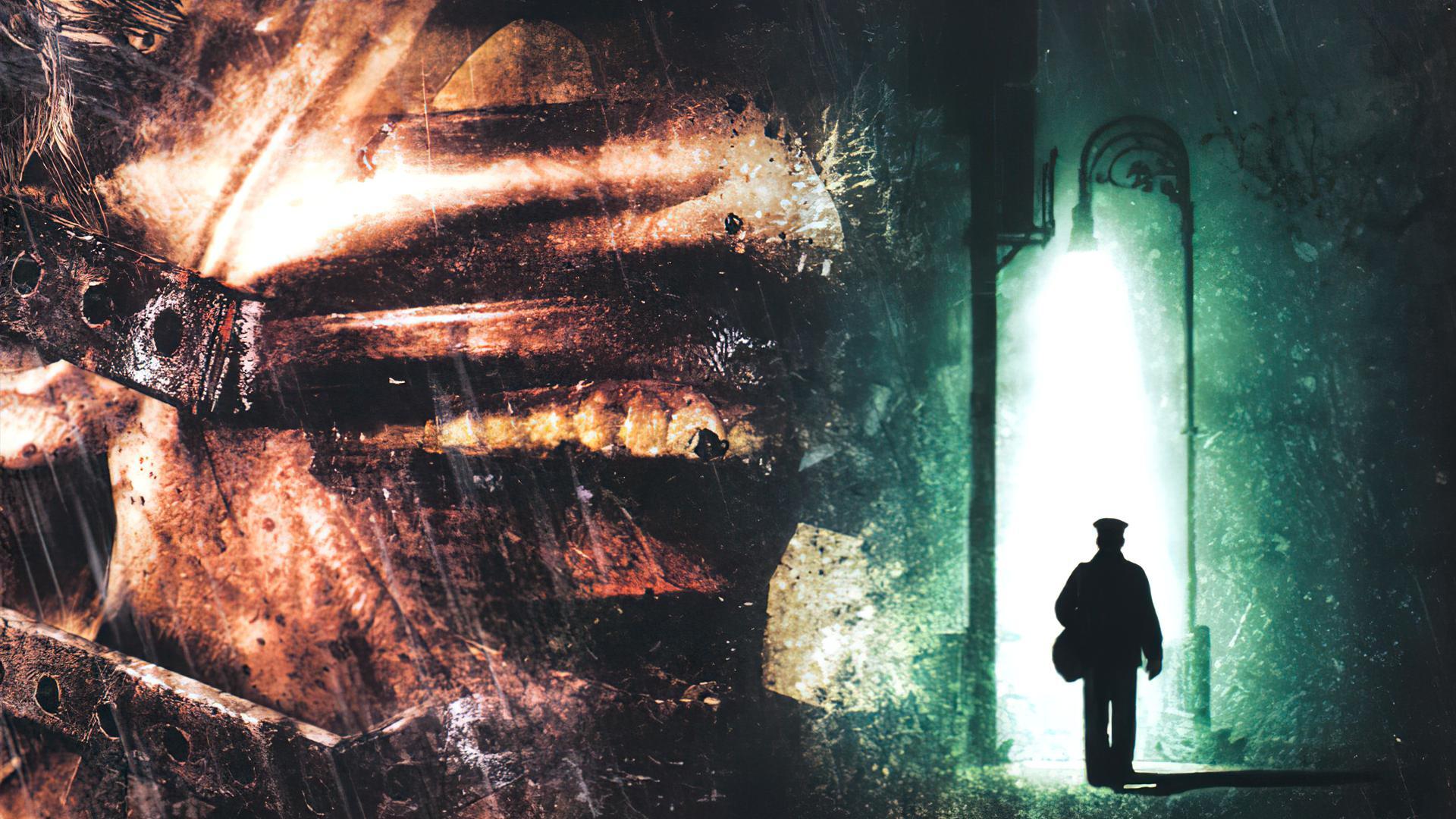
In 2012, Konami tasked Vatra Games with creating the latest installment in the Silent Hill series, which was released on PlayStation 3 and Xbox 360. This version emphasized exploring the game world and facing more localized dangers. It came at a time when the Silent Hill franchise was beginning to change its overall approach.
Following the release of Downpour, the Silent Hill series went through a quiet period. Konami cancelled the promising Silent Hills project in 2015 and later allowed other developers to create games in the series, resulting in a lack of major new Silent Hill titles for several years as older projects finished up.
Ridge Racer Unbounded
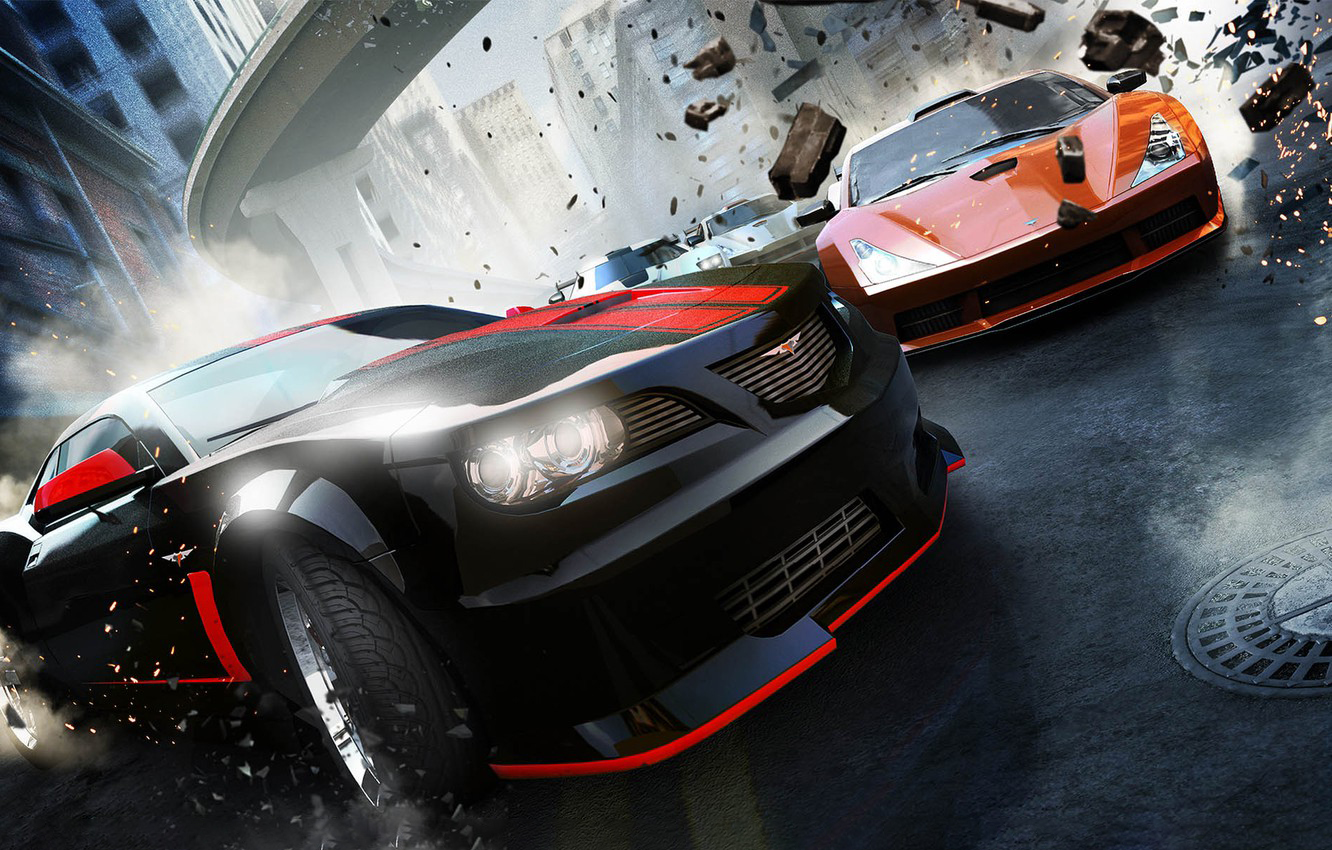
In 2012, Namco Bandai gave the Ridge Racer series a new direction by partnering with Bugbear, the team behind FlatOut. This collaboration moved the game away from traditional drift racing and towards a more destructive, demolition-focused style with tracks that could be broken apart. This also meant a departure from the arcade-like driving feel that had been a hallmark of previous Ridge Racer games.
After *Unbounded* came out, things went pretty quiet on the console and PC side of things. They tried some mobile games and re-released older titles, but they didn’t make a new, proper numbered sequel. It felt like a real break after they changed direction with that game.
Commandos Strike Force

In 2006, Pyro Studios shifted its focus from tactical stealth games to a first-person shooter set in World War II. This new direction emphasized action and direct combat, moving away from the detailed planning and varied scenarios of the original, strategy-based games.
After this installment, the series went quiet for a while, with only updated versions being released. Eventually, a new owner acquired the rights and announced plans for new games, but this attempt to revitalize the classic PC strategy style didn’t succeed, and there weren’t any immediate sequels.
Ultima IX Ascension
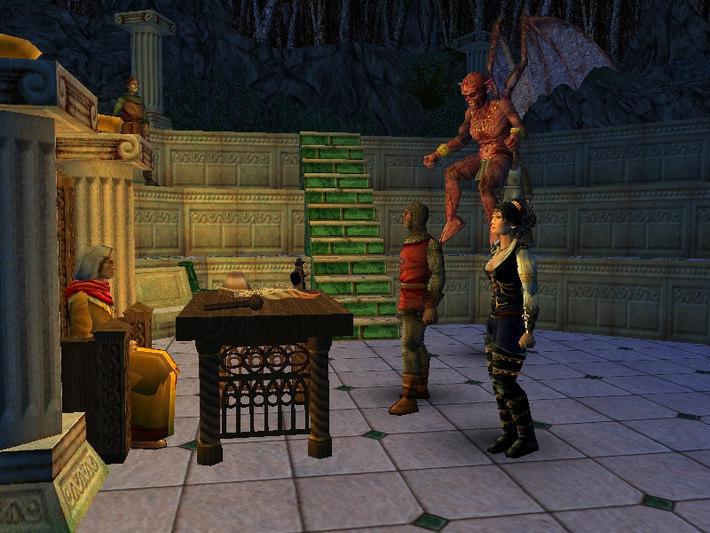
Man, I remember when Ultima IX came out in ’99. Origin was really trying to wrap up the whole Avatar story with this one, and they went all-in on a new 3D engine for the PC. But honestly, it was a mess at launch. The performance was *terrible*, and it took a ton of patches just to get it running decently on most people’s computers back then. It was a shame, because the game had potential, but it needed a lot of fixing.
This game was the last in the traditional single-player Ultima series. After it, Origin focused entirely on online games and was eventually shut down by EA in 2004. No further mainline Ultima games were ever released.
Might and Magic IX
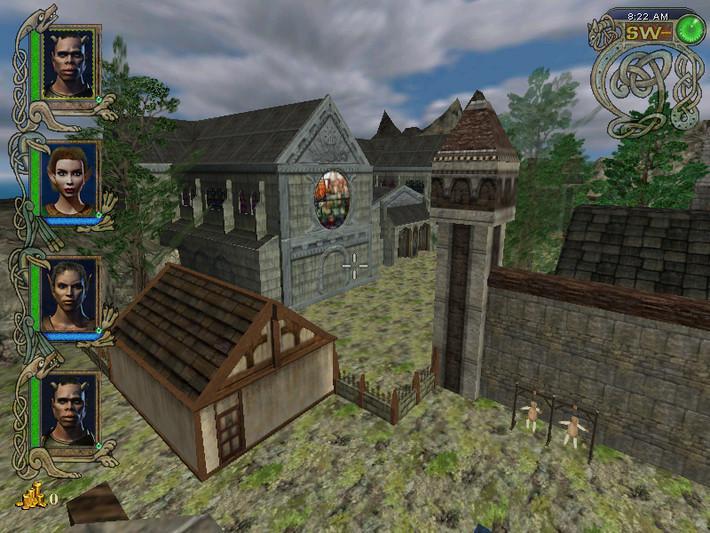
In 2002, New World Computing released this computer role-playing game using an older game engine with few updates. The game launched with numerous bugs and lacked the refinement of previous installments, suggesting its development had been difficult.
Soon after, the company 3DO went bankrupt in 2003 and its assets were sold. While later owners brought back the ‘Heroes’ strategy games and eventually created a new role-playing game, the main series stopped with the ninth installment.
Driv3r
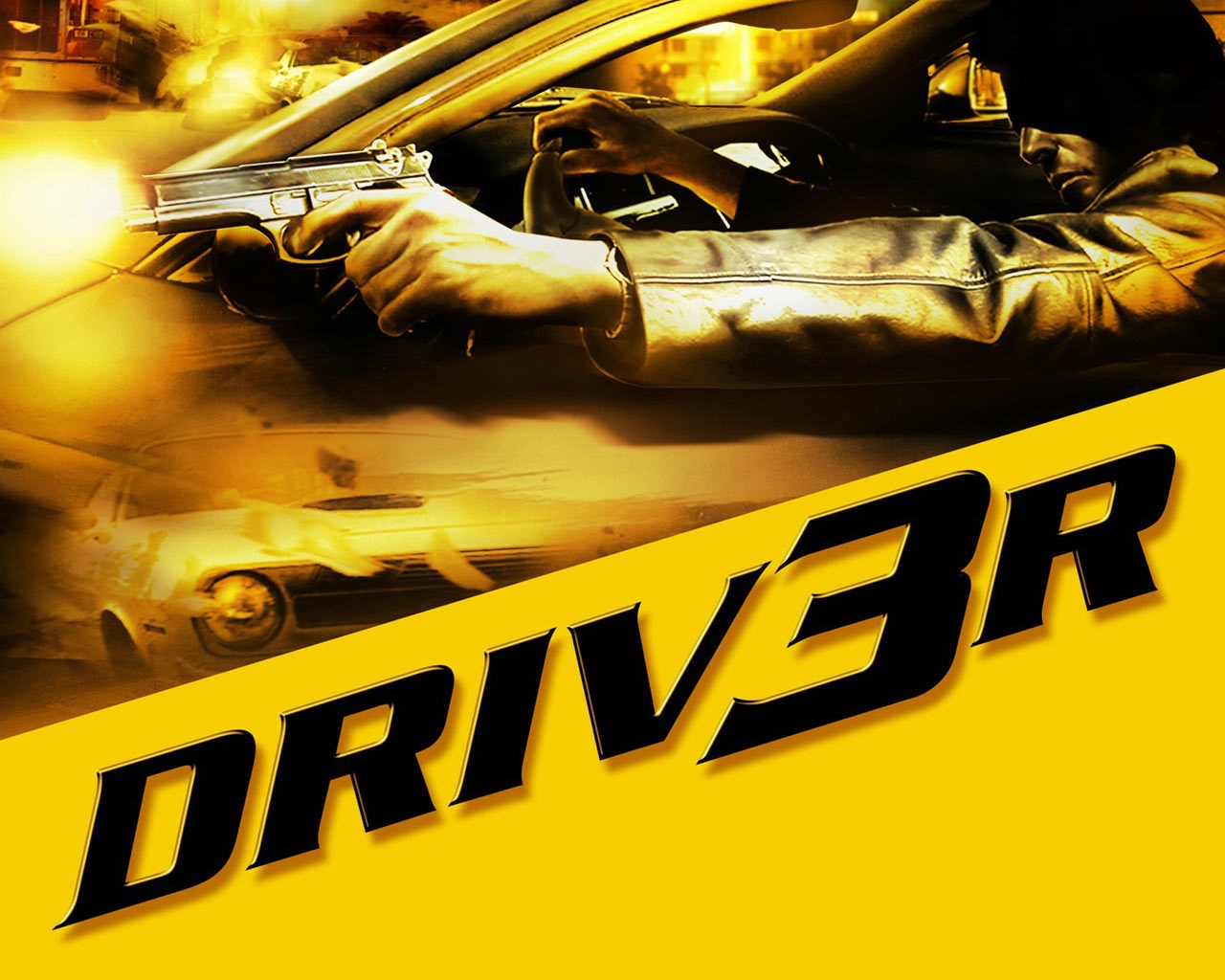
In 2004, Reflections and Atari launched the third installment of the Driver series on PlayStation 2 and Xbox. This version introduced on-foot combat alongside the traditional car chases. However, the game was plagued with technical issues and frustratingly difficult sections, which were immediately noticeable upon release.
After the game *Driv3r*, the *Driver* series began to lose popularity. While *Driver: San Francisco* was released in 2011 as a revival attempt, the franchise eventually stopped receiving new installments as the development studio focused on assisting with other games.
Warcraft III Reforged

Blizzard released this updated version of the game on computers in 2020, giving it new graphics and connecting it to their online platform, BattleNet. When it launched, it replaced the original game and removed some older features like clans and in-game tournaments. Some planned improvements to the game’s cinematic scenes were also reduced in scope.
The main series of this real-time strategy game hasn’t had a new release since the early 2000s. While a remake attempted to update the original, it ultimately limited the game’s appeal, and Blizzard shifted its focus to developing games in other genres, resulting in a long wait for new RTS content from the franchise.
Dynasty Warriors 9

In 2018, Omega Force redesigned the game with a vast, open world. However, this new approach resulted in sparse enemy encounters spread across large, empty areas, and the game suffered from performance issues and instability when it first launched on consoles and PC.
Sales and initial reactions weren’t as strong as previous games, so Koei Tecmo tried a new approach with the ‘Empires’ installment. While the main series slowed down after that, future games moved back towards a more familiar and classic style.
Let us know in the comments what moments you’d add to this list, and tell us which plot twist or turning point you believe was the most impactful in a show or book you enjoy.
Read More
- 39th Developer Notes: 2.5th Anniversary Update
- Shocking Split! Electric Coin Company Leaves Zcash Over Governance Row! 😲
- Celebs Slammed For Hyping Diversity While Casting Only Light-Skinned Leads
- Gold Rate Forecast
- Quentin Tarantino Reveals the Monty Python Scene That Made Him Sick
- Game of Thrones author George R. R. Martin’s starting point for Elden Ring evolved so drastically that Hidetaka Miyazaki reckons he’d be surprised how the open-world RPG turned out
- Here Are the Best TV Shows to Stream this Weekend on Hulu, Including ‘Fire Force’
- Thinking Before Acting: A Self-Reflective AI for Safer Autonomous Driving
- Celebs Who Got Canceled for Questioning Pronoun Policies on Set
- Ethereum Flips Netflix: Crypto Drama Beats Binge-Watching! 🎬💰
2025-09-18 23:17